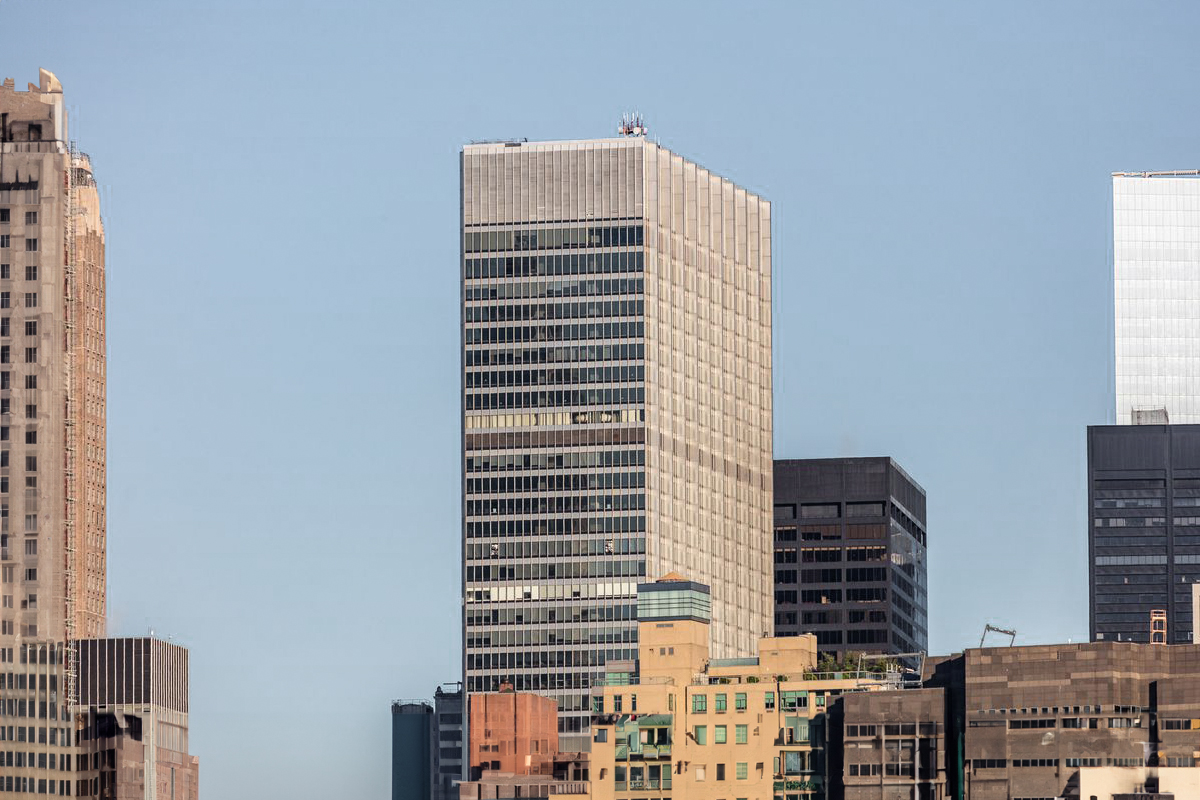The 1251 Avenue of the Americas Building is an International Style skyscraper designed between 1963 and 1967 by Harrison, Abramovitz & Harris, with Wallace Harrison as lead architect, and built between 1967 and 1971 in New York, NY.
1251 Avenue of the Americas Building is not the only name you might know this building by though. It is common for companies to want to attach their names to iconic buildings when they move in, or for the general public to come up with nicknames, and this one is no exception. The 1251 Avenue of the Americas Building is also known, or has been known as, 1251 6th Avenue, Exxon Building, or Esso Building.
Its precise street address is 1251 6th Avenue, New York, NY. You can also find it on the map here.
In 2004 the 1251 Avenue of the Americas Building was awarded with the Kingsley Excellence Award.
The building features a seven-story base along its western side, with a recessed plaza that includes a spacious two-tiered pool and fountains overlooking Sixth Avenue.
Pablo Picasso authorized the creation of a replica of a tapestry he designed for the ballet Mercure, specifically to be placed in the building’s atrium.
The building underwent a major restoration between 2020 and 2022. The architect commissioned to undertake this restoration was FXCollaborative.






